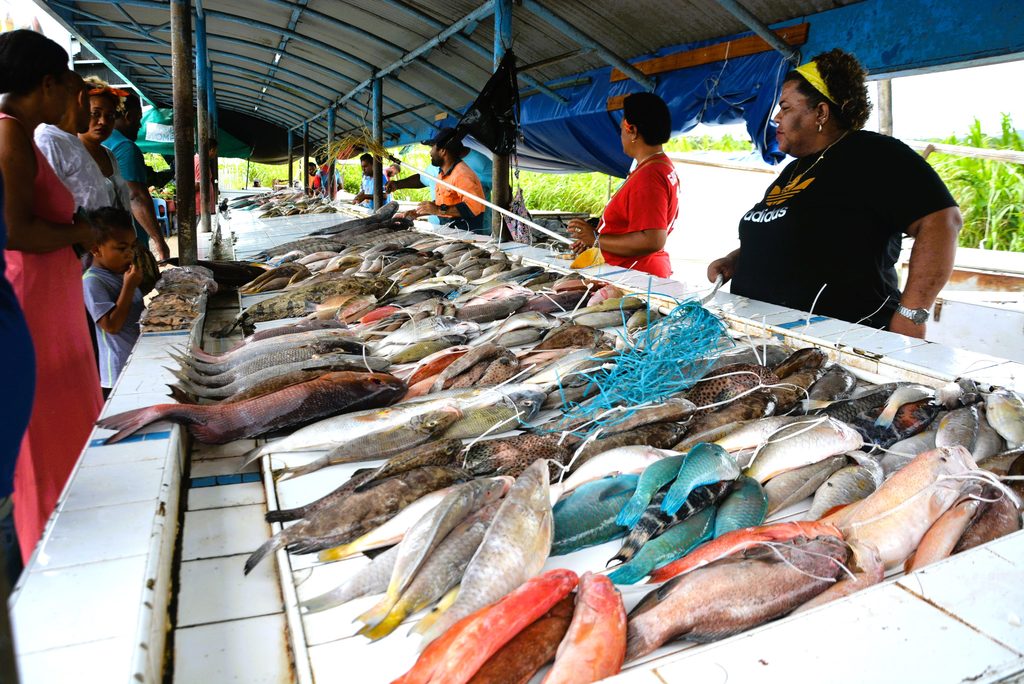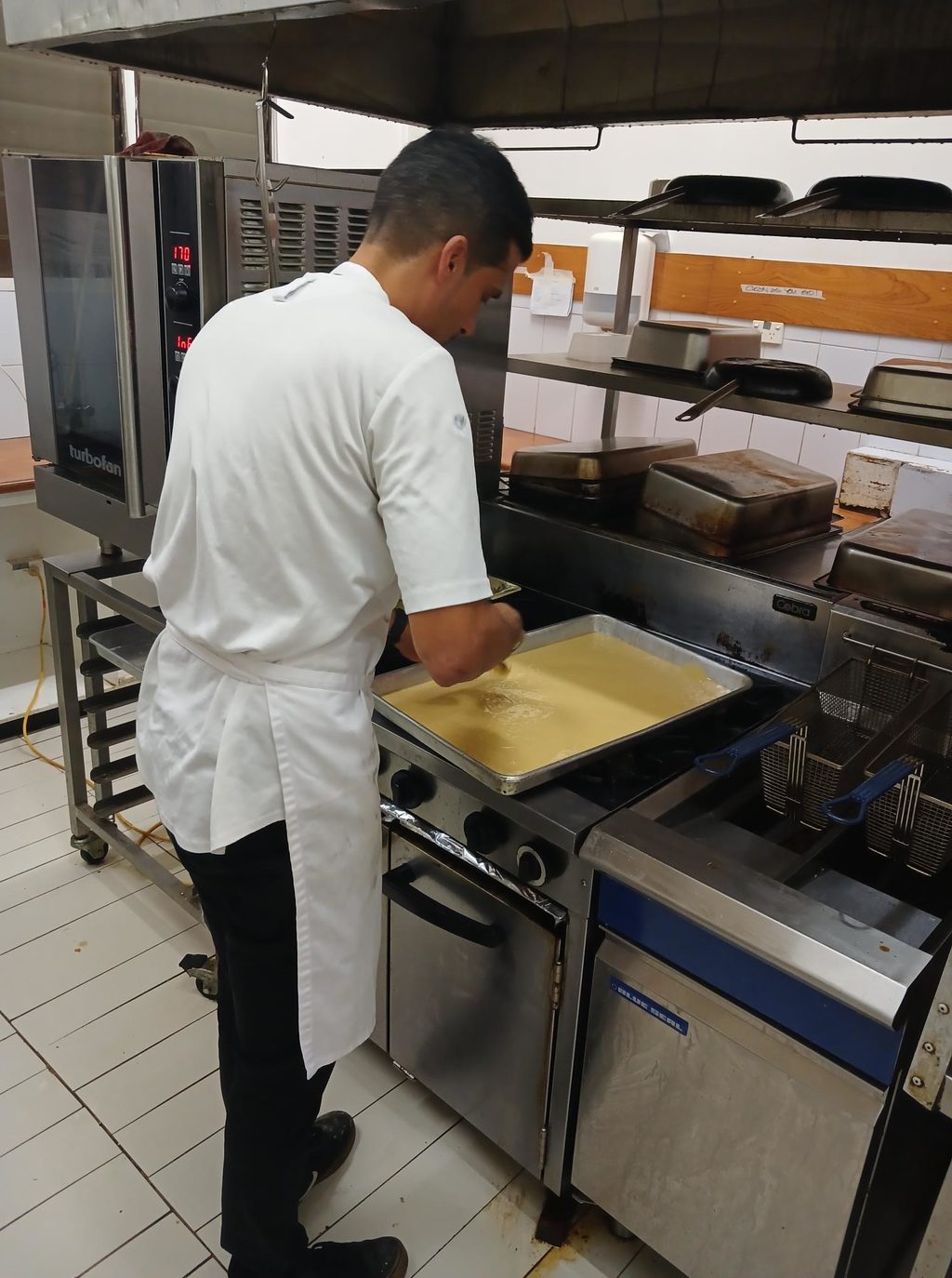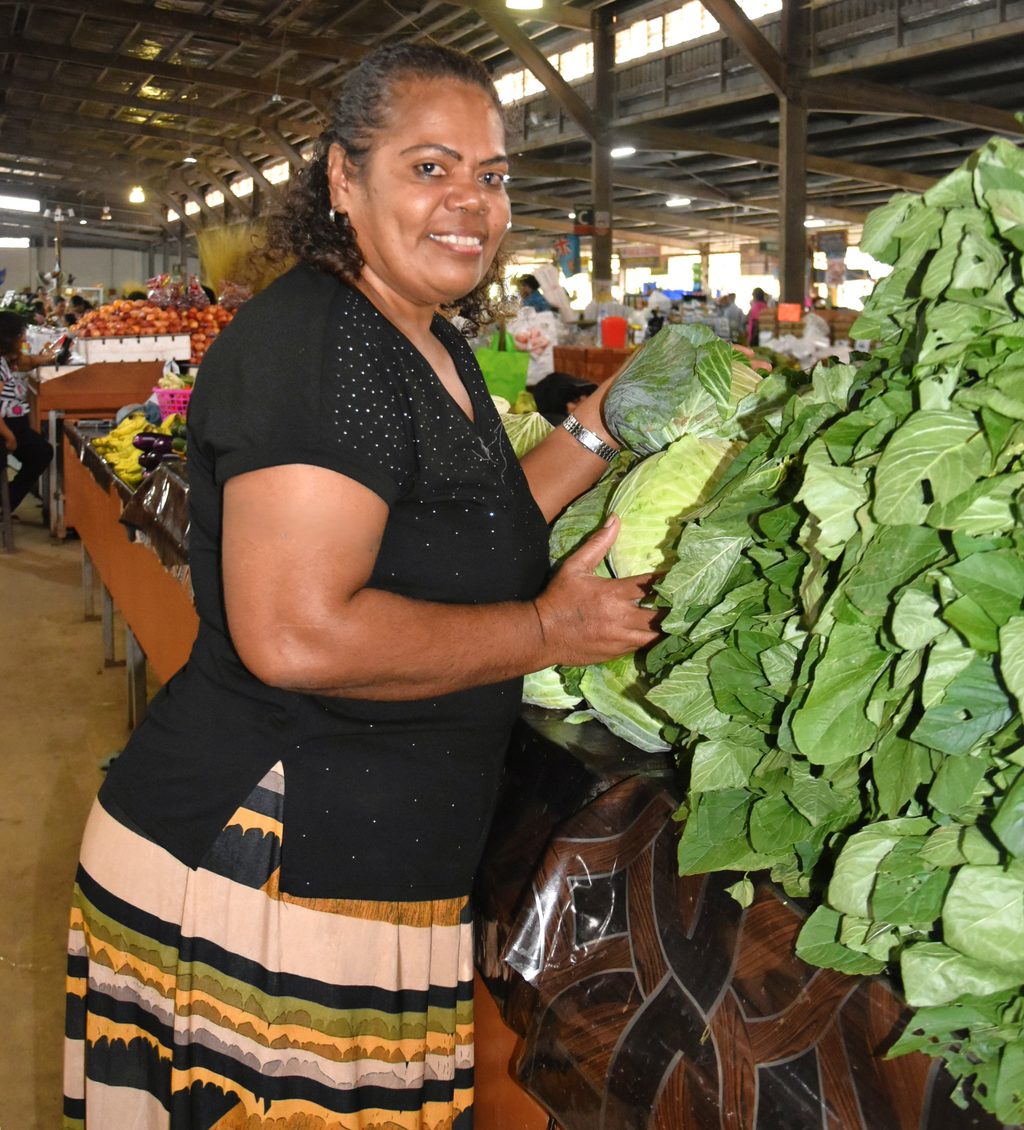South Coast photographer Josh Burkinshaw has captured images of some of the roughly 40,000 migrating whales. Photo: Josh Burkinshaw Images/Facebook.
As thousands of whales migrate north, they’re watched by keen humans – some of whom bring drones and cameras along.
During their migration, around 40,000 humpback whales will leave the krill-rich waters of Antarctica before heading north to warmer waters.
The 10,000 kilometre-long journey north started earlier this year, and Josh Burkinshaw has been watching over them.
The South Coast-based photographer has been photographing whales for seven years.
“It keeps me fit – just going for these hikes [to find a good place to shoot from] keeps me active,” he said.
“Obviously it’s a privilege, where we live on the coast, to be able to see all this nature; your heart rushes and you can hear them breathing.”
He recently snapped some more photos during an annual survey, organised by the Organisation for the Rescue and Research of Cetaceans in Australia (ORRCA).
The not-for-profit rescues and rehabilitates marine mammals – whales, dolphins, seals and dugongs – and promotes their welfare.
In late June, Josh spent a morning taking photographs using a drone and a zoom lens.
This season, he’s photographed three calves (including one he and a mate tracked to Byron Bay by comparing marks on its mother), and also filmed a whale feeding.
“I thought I might as well do my part, count as many as I can see while I’m out shooting,” he said.
“I just sat there, waiting for the whales to come past … [You] admire the beauty of the coast we’ve got, and at the same time, search for the whales breaching.
“I could see the whales 10 meters deep, clear as day, underneath the water.”

Photo: Josh Burkinshaw Images/Facebook.

Photo: Josh Burkinshaw Images/Facebook.

Photo: Josh Burkinshaw Images/Facebook.

Photo: Josh Burkinshaw Images/Facebook.

Photo: Josh Burkinshaw Images/Facebook.

Photo: Josh Burkinshaw Images/Facebook.
ORRCA second vice president Jessica Fox said this year’s census saw more than 600 participants watch for humpback whales.
“The census day is not only looking at the overall health of the population, but also looking for entanglements [to respond to], as well,” she said.
“It’s a good day to be able to communicate different behaviours to the wider public, so that they are better able to distinguish between normal whale behaviour and abnormal whale behaviour.”
More than 5000 total whale sightings were recorded (the most ever) at locations on Australia’s east coast.
On the NSW South Coast, the top three locations were Warden Head at Ulladulla (with 325), Bass Point (with 150) and Hill 60 at Port Kembla (with 121).
The sightings will be analysed and incorporated into ORRCA’s East Coast Whale Migration Research Program, which helps document and understand the movement patterns of humpback whales along the NSW coast.
Despite the winter chill, Josh said he’d soon be heading out to capture more of the marine mammals.
“I love photography; I love capturing video. You never know what you’re going to see,” he said.
“If I can sit down, get photos and capture the beauty of them [the whales], I can also keep an eye on them, more so than anything.”
Follow Josh’s photography on his Facebook page or by visiting his website.
Should you see a whale tangled in netting or otherwise in distress, call ORRCA’s Rescue Hotline on 02 9415 3333.
Original Article published by Claire Sams on About Regional.






